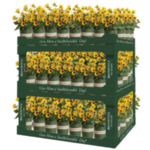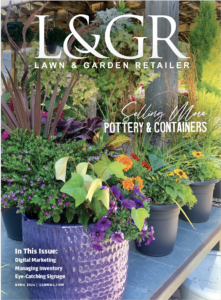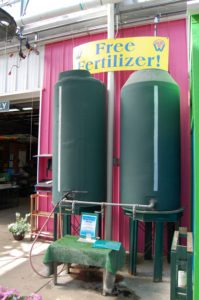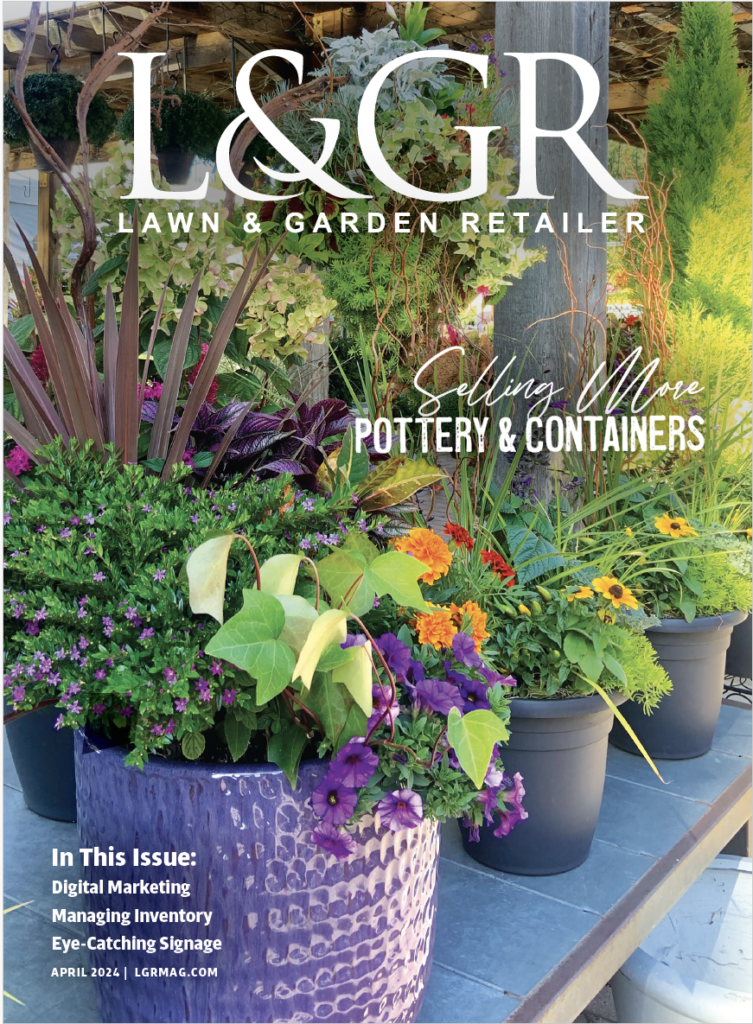The Internet: The Final Frontier?
Q There are so many different opportunities to start doing business online it can get a little overwhelming. How can I make digital marketing work for me?
The way we communicate with one another and market our businesses to our customers is changing right before our eyes. Think back to the first time you used a fax machine, computer or cell phone. It is always surprising to recall how recently these electronic devices entered our lives and how quickly they became the tools we use to conduct business. As someone who rode along with my grandfather as he plowed his fields with horses, all these media changes from the internet to handheld PDAs seem like bolts from the blue.
Depending on your level of comfort with these “new-fangled devices,” you may or may not have updated your marketing strategies to include digital forms of communication. Even if you haven’t, what’s clear is that our customers have embraced these technologies wholeheartedly. For those who want their businesses to stay visible, it’s important to learn how to use these communication tools as effective means of advertising.
As you consider the idea, remember that the purpose for using any form of communication, then and now, is to stay connected with your customers to create, build and solidify relationships. So let’s look at some of the options and consider how they can help you achieve that goal.
The Basics
Websites. A couple of years ago, a garden center website was essentially the online form of a Yellow Pages listing. It was a good way to let people know about your services, provide contact information and post photos of your work along with testimonials from customers. These days, it’s not enough to have a static website. If customers visit your site and see the same information in late summer that they saw in the spring, they will move on and look for a site that is active and updated. It’s worth the time and money to keep your site fresh with seasonal tips and events: When customers see your website as a clearinghouse of helpful, timely information, they will view your business in the same way, as a place to go for added value. Consider offering a way for gardeners to e-mail you with questions, but only if you can provide them with a quick response. You must commit to answering all your e-mail. Interactive communication gives your customers an accessible, easy way to reach you on their schedule.
Online advertising. Once you have developed a great website that reflects the quality of your business, you’ll want to attract as much web traffic as possible in your direction. A few years ago, print ads and fliers helped guide people to “brick-and-mortar” stores. Now, online advertising can be used in much the same way, only this time the ads provide a first look at your “virtual” business. Banner ads offer interested web users a direct link to your website. The site that hosts your online ad should be able to provide you with a tally of the number of “click-throughs” so you can measure how many times someone used the ad to visit your site. If you decide to use this form of advertising, consider the market area you are trying to reach. Ads in the electronic versions of your local or regional newspaper, TV and radio stations, or other sites frequented by your customer base may be good investments. Again, make sure that the home page on your website provides fresh information relating to your advertisement.
One Layer Deeper
E-newsletters. This is a friendly, economical way of staying connected to your customers. It can be as fancy or plain as you want, but to be effective, there are some guidelines to follow. First, make sure it offers useful, timely information in concise format. If you want to provide more detail, include an active link that guides your customer from the e-mail to your website for additional information. Be sure to offer some type of promotion, but don’t make it look like the newsletter is just a big advertisement.
To compile a good e-mail list, ask your customers as they check out at the cash register if they would like some insider tips on gardening or if they’d like to be notified of special sales don’t just ask if they want to sign up for the newsletter. Have a clipboard or a way of entering it through your cash register’s computer to make it easy and simple. It’s also important to send newsletters only to people who want them. Offer an option to unsubscribe at the bottom of the newsletter if people want to be removed from the e-mail list. Depending on the number of e-mails you are sending out, you can do it yourself, or have a web company e-mail them for you. (For more on this topic, keep an eye out for the May issue of Lawn & Garden Retailer.)
Blogs. This can be an effective way to create a digital community (see the February issue of Lawn & Garden Retailer). You could post entries to your website, a fast and friendly way to keep the site fresh and up to date. Some blogging software allows you to post-date entries, so you can write several at one time and make it look as if they were written a day or two apart. It gives the appearance of a continuously updated blog even during the busy spring season, which might be a helpful tool.
Social networking. Look into becoming a member of a gardening community on various social networking sites such as Facebook, Twitter or LinkedIn as another way to connect to your customers. There are interest groups centered around various aspects of gardening that you can join. These sites are not only ways to be heard, but also an avenue for you to know what seems to be on the minds of other gardeners.
Whatever digital form of marketing you use, remember the goal is to build relationships with customers. so they need to be used with the same sincerity and respect for the customer’s time as prior forms of marketing and advertising.
















 Videos
Videos





